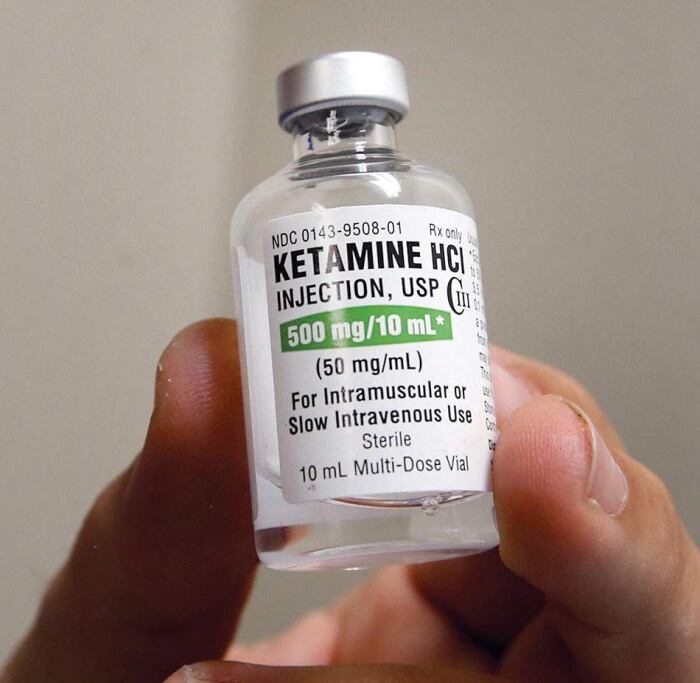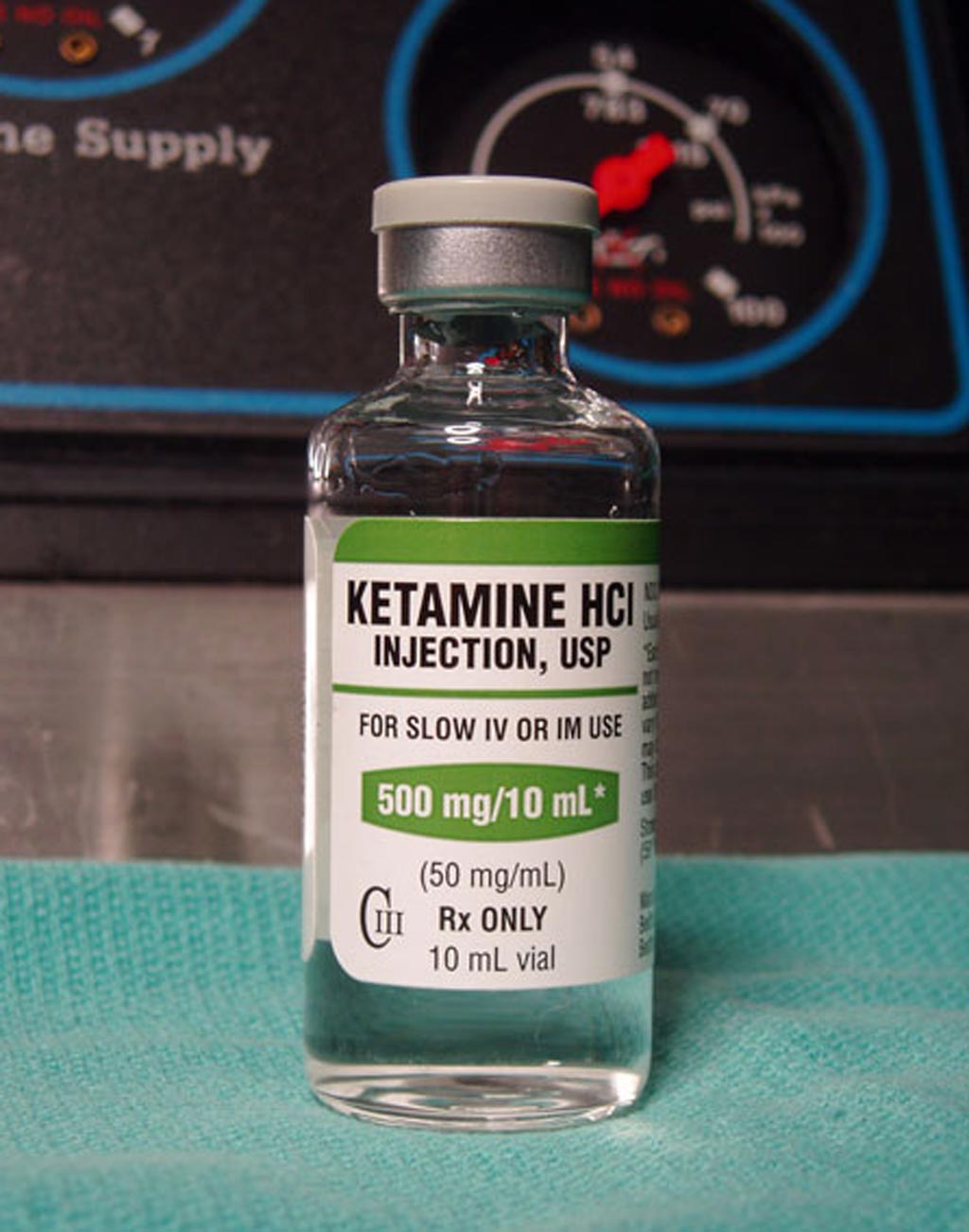Overview
Ketamine (Ketalar) is a dissociative anesthetic. Doctors use it to induce general anesthesia for medical procedures that do not require muscle relaxation. General anesthesia denotes a sleep-like state, while dissociative refers to the effect of feeling disconnected.
The drug is a Schedule III non-narcotic that the Food and Drug Administration (FDA) has approved for use only as a general anesthetic. However, doctors sometimes prescribe it for depression. Ketamine can sedate, incapacitate, and cause short-term memory loss, and because of this, some people use it as a date-rape drug.
Ketamine takes effect within 30 seconds to 20 minutes, depending on how it’s taken. The effects can last for 45 to 90 minutes.
Users experience a high in which they may feel happy and relaxed. They may also feel detached from their body (knowns as falling into a k-hole). People who take ketamine can have hallucinations. It alters their perception of reality. They can see, hear, smell or taste things that don’t exist, or can perceive them differently to how they really are.
While the high might feel good, there are downsides too. While using ketamine, people can have blurred vision, slurred speech, become physically uncoordinated, sweat, have a raised temperature and heart rate, feel nauseous and vomit.
When using it, people can:
feel disorientated and drowsy
have hallucinations
feel numb
feel uncoordinated
become panicked, confused and anxious
have a near-death experience
In the days after taking ketamine, people may feel depressed, clumsy, have memory loss or be disoriented, or suffer aches and pains.
Ketamine can affect people differently based on:
how much they take
how strong it is
their size, height and weight
whether they are used to taking it
whether they take other drugs at the same time
Dosage Guide
Light: 20– 50mg
Moderate: 50 – 125 mg
Heavy: 125 – 175 mg
Buy Ketamine Liquid Online
Psychonaut Cooker offers a convenient and discrete way to buy ketamine liquid online, we offer high-quality products. Our prices are very competitive, and we offer discounts for bulk orders. We provide discreet shipping and billing, so your purchase will remain completely confidential. Finally, we have a great customer service team who are always on hand to answer any questions you may have. Shop Now



